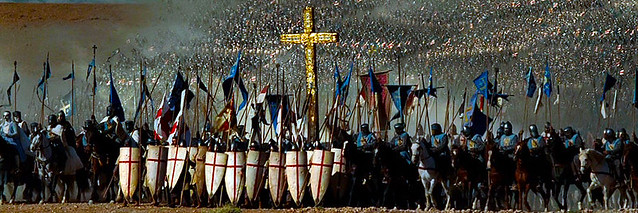
敘利亞.克拉克騎士堡,建於西元1142~1271年,是現存最大且保存最完整的十字軍騎士城堡,2006年被列為UNESCO世界文化遺產(http://whc.unesco.org/en/list/1229)。克拉克騎士堡聳立近900年,保護著當時神秘,處於宗教紛爭問題複雜,波濤洶湧中的耶路撒冷(現在也是),建議大家到訪前一定要先看電影「王者天下」,比較能領略建堡意義。它遺世獨立於山頭,易守難攻,內部許多中世紀的軍事設施仍保存完好,陡峭的城牆,令人馬上聯想到一些中世紀戰爭電影中,守城人倒油、投石於城牆,讓敵人怎麼也爬不上來的慘境。參觀完此堡,我們到對面的小餐廳喝杯甜甜薄荷茶,悠閑地瞭望它的全貌,暫時從電影的場景中抽離。
以下資料來自世界文化遺產網站
以下資料來自世界文化遺產網站
http://whc.unesco.org/en/list/1229
Crac des Chevaliers and Qal’at Salah El-Din(克拉克騎士堡和薩拉丁堡,也譯做喀拉特薩拉丁城堡)
所屬國:敘利亞Syrian Arab Republic
所在地:歐赫森與哈非自治市Municipalities of Al Hosn and Haffeh
方位:N34 46 54 E36 15 47
列入世界遺產時間:2006年
遺產概述:這兩座堡壘最能表現西元11到13世紀十字軍東征時期,在近東地區不同勢力的相互影響以及防禦建築的演變。十字軍堡壘是由耶路撒冷的聖約翰騎士團於1142年到1271年間所建,並由馬穆魯克(Mamluks)在13世紀末期修築擴建,這座城堡幾乎是至今保存最良好的十字軍東征時期的堡壘。它展現中世紀城堡的原始風貌,尤其是在展現軍事用途方面,包括修道會建造的8座圓型堡壘和馬穆魯克建製的方形堡壘。即使薩拉丁城堡某些部分已經成為廢墟,但是無論以建築架構品質亦或歷史地質保存的情況來看,它依然是防禦工事堡壘中的傑出代表。儘管它的一部分已經成為廢墟。薩拉丁堡保留了10世紀拜占庭早期的建築特徵、12世紀晚期法蘭克人的改建以及12世紀晚期到13世紀中期艾優卜王朝新建的防禦工事。
Crac des Chevaliers and Qal’at Salah El-Din(克拉克騎士堡和薩拉丁堡,也譯做喀拉特薩拉丁城堡)
所屬國:敘利亞Syrian Arab Republic
所在地:歐赫森與哈非自治市Municipalities of Al Hosn and Haffeh
方位:N34 46 54 E36 15 47
列入世界遺產時間:2006年
遺產概述:這兩座堡壘最能表現西元11到13世紀十字軍東征時期,在近東地區不同勢力的相互影響以及防禦建築的演變。十字軍堡壘是由耶路撒冷的聖約翰騎士團於1142年到1271年間所建,並由馬穆魯克(Mamluks)在13世紀末期修築擴建,這座城堡幾乎是至今保存最良好的十字軍東征時期的堡壘。它展現中世紀城堡的原始風貌,尤其是在展現軍事用途方面,包括修道會建造的8座圓型堡壘和馬穆魯克建製的方形堡壘。即使薩拉丁城堡某些部分已經成為廢墟,但是無論以建築架構品質亦或歷史地質保存的情況來看,它依然是防禦工事堡壘中的傑出代表。儘管它的一部分已經成為廢墟。薩拉丁堡保留了10世紀拜占庭早期的建築特徵、12世紀晚期法蘭克人的改建以及12世紀晚期到13世紀中期艾優卜王朝新建的防禦工事。
These two castles represent the most significant examples illustrating the exchange of influences and documenting the evolution of fortified architecture in the Near East during the time of the Crusades (11th - 13th centuries). The Crac des Chevaliers was built by the Hospitaller Order of Saint John of Jerusalem from 1142 to 1271. With further construction by the Mamluks in the late 13th century, it ranks among the best-preserved examples of the Crusader castles. The Qal’at Salah El-Din (Fortress of Saladin), even though partly in ruins, represents an outstanding example of this type of fortification, both in terms of the quality of construction and the survival of historical stratigraphy. It retains features from its Byzantine beginnings in the 10th century, the Frankish transformations in the late 12th century and fortifications added by the Ayyubid dynasty (late 12th to mid-13th century).
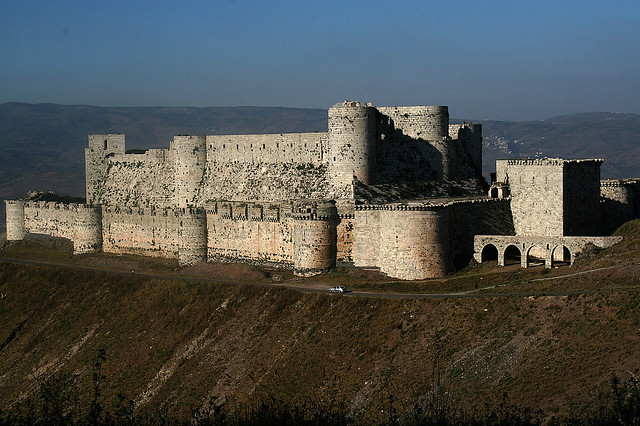
一
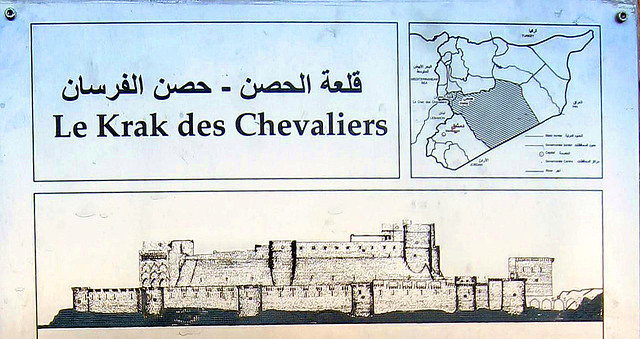
一
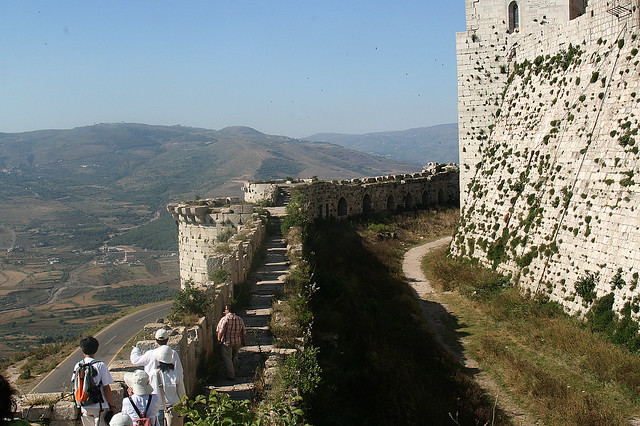
一
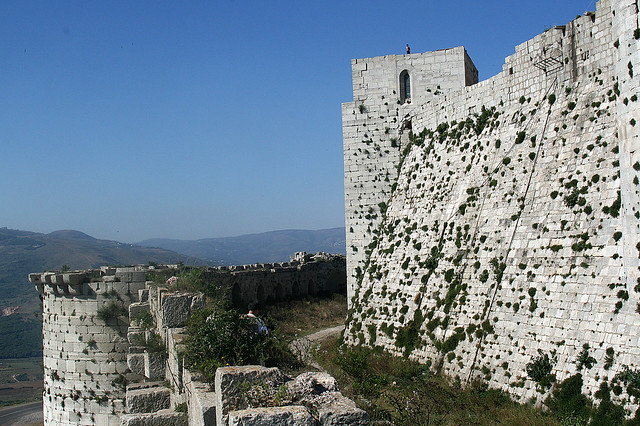
一
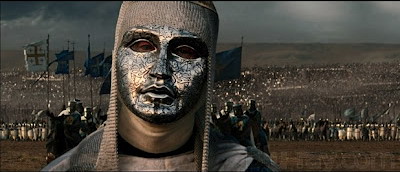
一

一
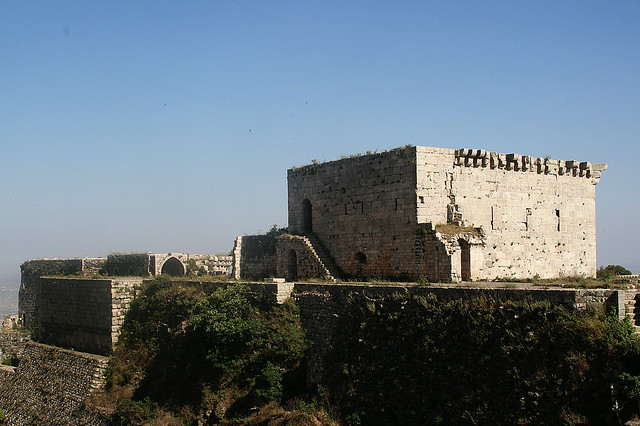
一

一
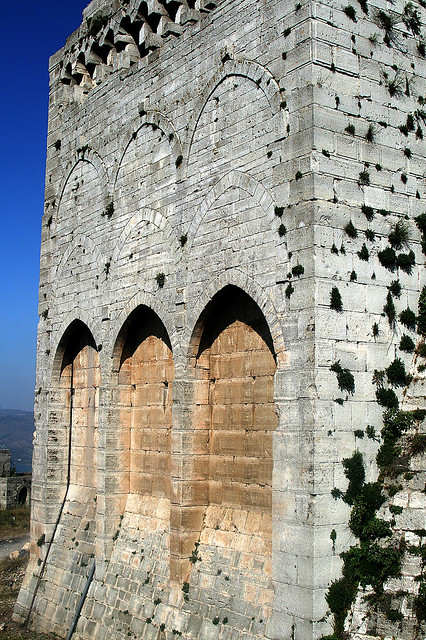
一
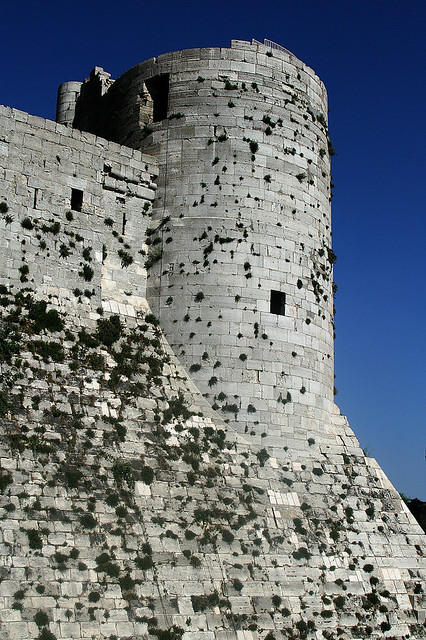
一

一
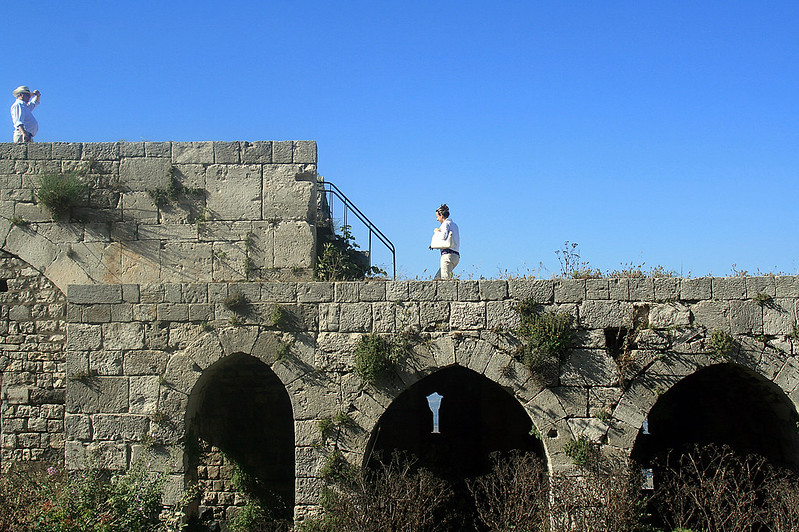
一

一
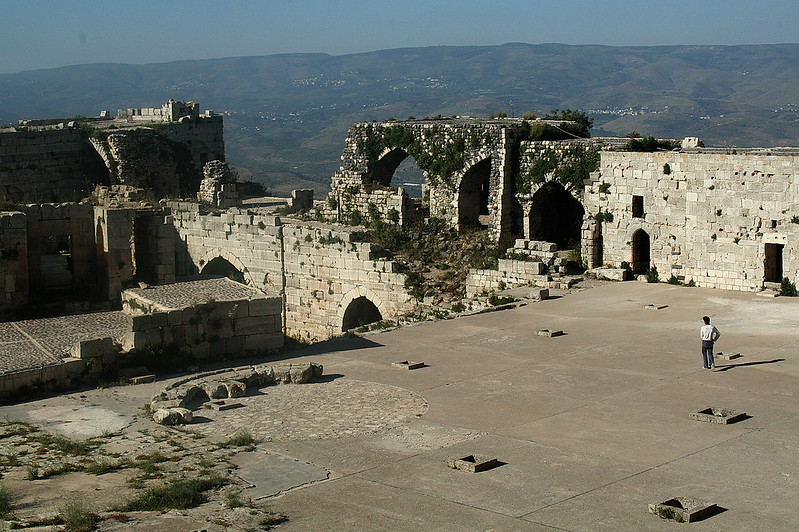
一
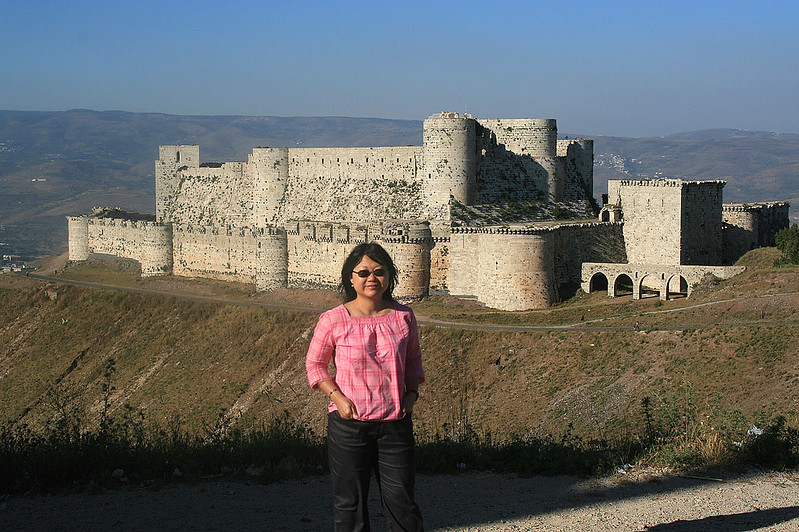
一
沒有留言:
張貼留言